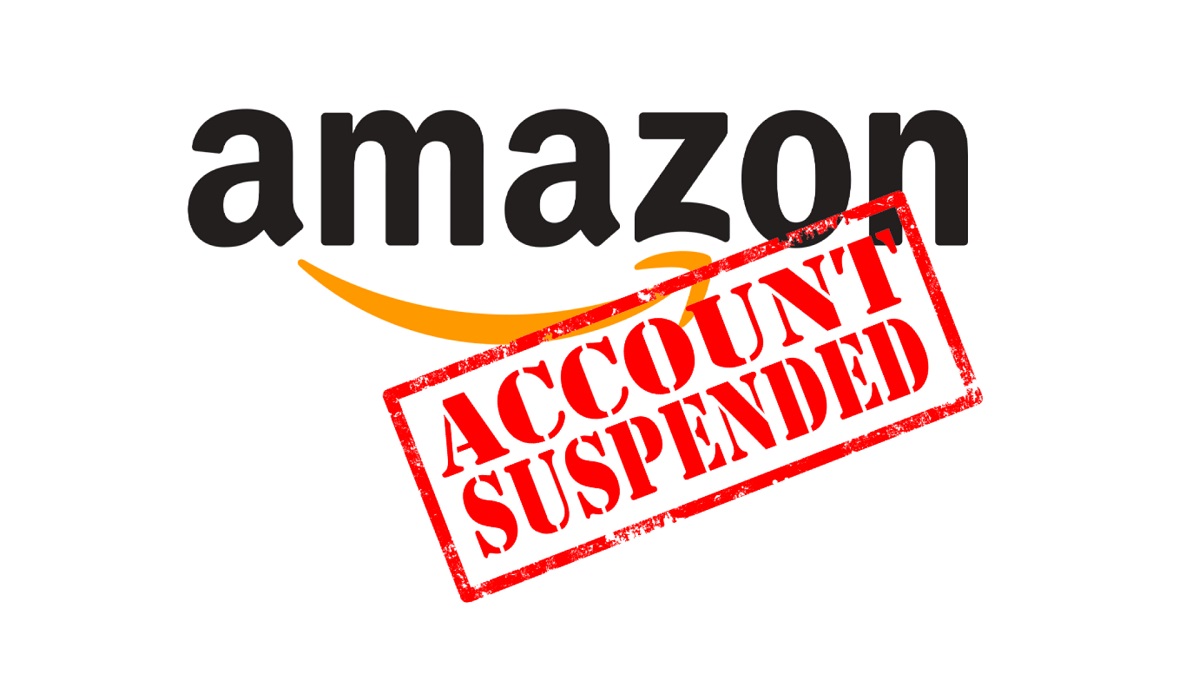Most of us probably ordered something from Amazon at some point, which is quite normal. And there will certainly have been one or the other return, which is also quite normal. But it is annoying for Amazon itself because more and more cases are becoming known in which unpopular users have had their Amazon accounts blocked.
We explain how the blocking comes about and what you can do to get your account back if you are affected. Also, we will point you to an expert that can assist you in getting an Amazon suspension appeal in a guaranteed period.

Several Cases of Amazon Blocking Accounts
The practice of excluding annoying customers from the platform is not unique at Amazon. Users from the United States and other countries have come to the public to mention being banned from the logistics giant. In a recent case from England, Amazon kicked out a loyal regular customer. Greg Nelson unpacked in the Guardian about his shopping fate: he had ordered 343 products since 2014, and 37 items were returned.
That’s just over 10%, but his Amazon account was still blocked. Uwe R. from Berlin also ordered many products from Amazon for years, as the Express magazine reported. He has five children and, for example, ordered clothes in different sizes for them and sent back the unsuitable items. The consequence: His Amazon account is history.
The examples sound harsh at first, but one shouldn’t forget the company’s point of view. Of course, there are also customers who take advantage of Amazon’s accommodating returns system. It often happens that clothing or technology is ordered, used for a few days, and then returned.
Some buyers get the bag they only need for a party or the XXL screen for the soccer night for free. Almost 50% of all items ordered are sent back to Amazon, which is associated with considerable costs for the company, as $5.27 to $18.65 are incurred per return.
Why Is the Amazon Account Blocked?
It is the question that all Amazon users are interested in: What reasons does Amazon have for the account being blocked? Unpaid invoices and the often feared excessive number of returns are usually the case of this topic. An employee of Amazon’s customer service revealed that Amazon’s plan of action is not necessarily too frequent returns that can become a thorn in Amazon’s side.
Concession abuse is the keyword here. To explain: Amazon understands concessions to be goodwill services such as returns, exchanges, refunds, and price reductions – anyone who uses them as a customer quickly becomes a black sheep.
The logistics giant has a predefined algorithm that indicates which customers are “not worth it” for Amazon. But the employees themselves can also report any anomalies. Eventually, the case goes to Amazon’s fraud department, where an employee decides whether to suspend an account.
However, the company keeps a low profile about the guidelines according to which an Amazon account is blocked. An Amazon spokeswoman only said so much about the Express: “We do not block customers because of many returns. That only happens if there is abuse.” How exactly the abuse that leads to the account closure is defined is not revealed.
For Amazon users themselves, the system is more than opaque. For example, there is no official upper limit for returns, and the affected customers are usually not given any precise reasons for their blocking. Even whether you are warned at all or informed about the closure of the account seems to vary from case to case since there are many different statements by those affected about the procedure.
Amazon’s terms and conditions state, among other things: “We reserve the right to withhold services on the website from you or to close member accounts. This applies if you violate applicable laws, contractual agreements, or our guidelines.
More Reasons for Amazon Seller Account Suspension
If you have not paid your invoices, you have not fulfilled your obligations as a seller, or you have returned too many items, this will lead to blocking in many cases:
- Check your mail and see if you have received a message from Amazon. This is how you often learn the reasons for the blocking.
- If you find out about the blocking via email, first check whether you can no longer log into your Amazon account. If the login works, it may just be a fake email.
- You will be asked to settle your bills in the email if you have not made your payments. However, before you do that, you should follow some steps to make sure that the claim is really from Amazon.
- It is also possible that a stranger has gained access to your account: if your account has been hacked, you are a victim of phishing. Here it is usually sufficient if you confirm your identity over the phone and then set a new password.
Conclusion
Getting your blocked Amazon seller account can be frustrating and challenging most time. This is because countless issues can be the cause for the ban. Yet, Amazon does not really inform sellers with an email stating why the action was taken. Thus when the problem arises, your best bet to getting your account back is with the help of Mari Marketing, an Amazon reinstatement expert.



Leave feedback about this